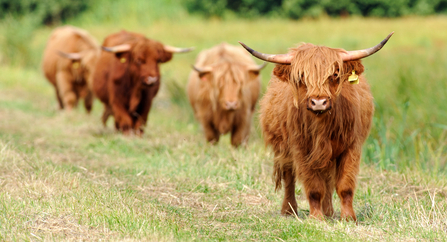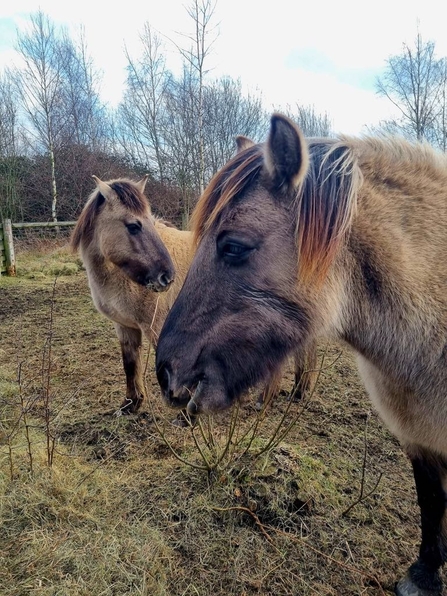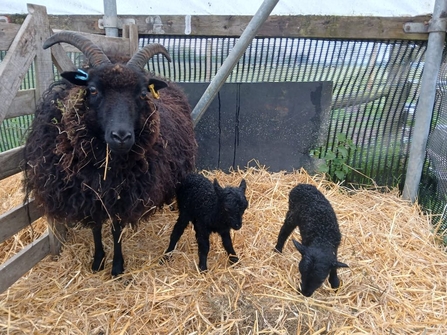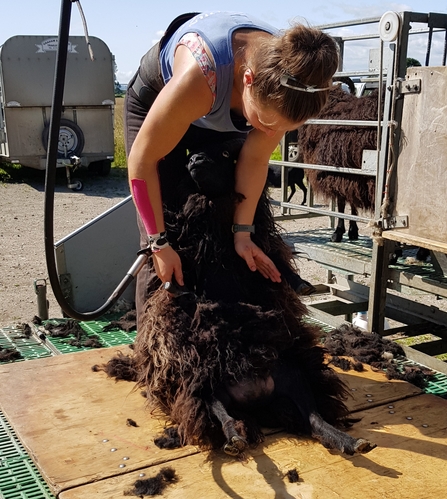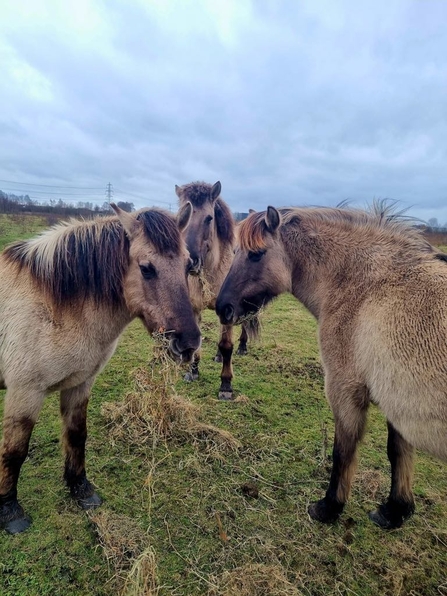Our conservation grazing livestock are a vital part of our work, and across our nature reserves we are constantly perfecting how we use them to keep our varied habitats in good shape.
We use largely native breed cattle and sheep to graze our reserves – they do a much better job and give more natural results than us using machinery, and can access reserves which are too steep or difficult for mechanical work.
This time of year is a brilliant opportunity to see exactly how much of an impact our grazing animals make. Our wildflower meadows across Yorkshire are coming into full bloom, with butterflies fluttering by and the sound of the insects is a delightful background hum. Without our grazers we would struggle to get the same floral diversity – they are truly our secret powerhouse!

